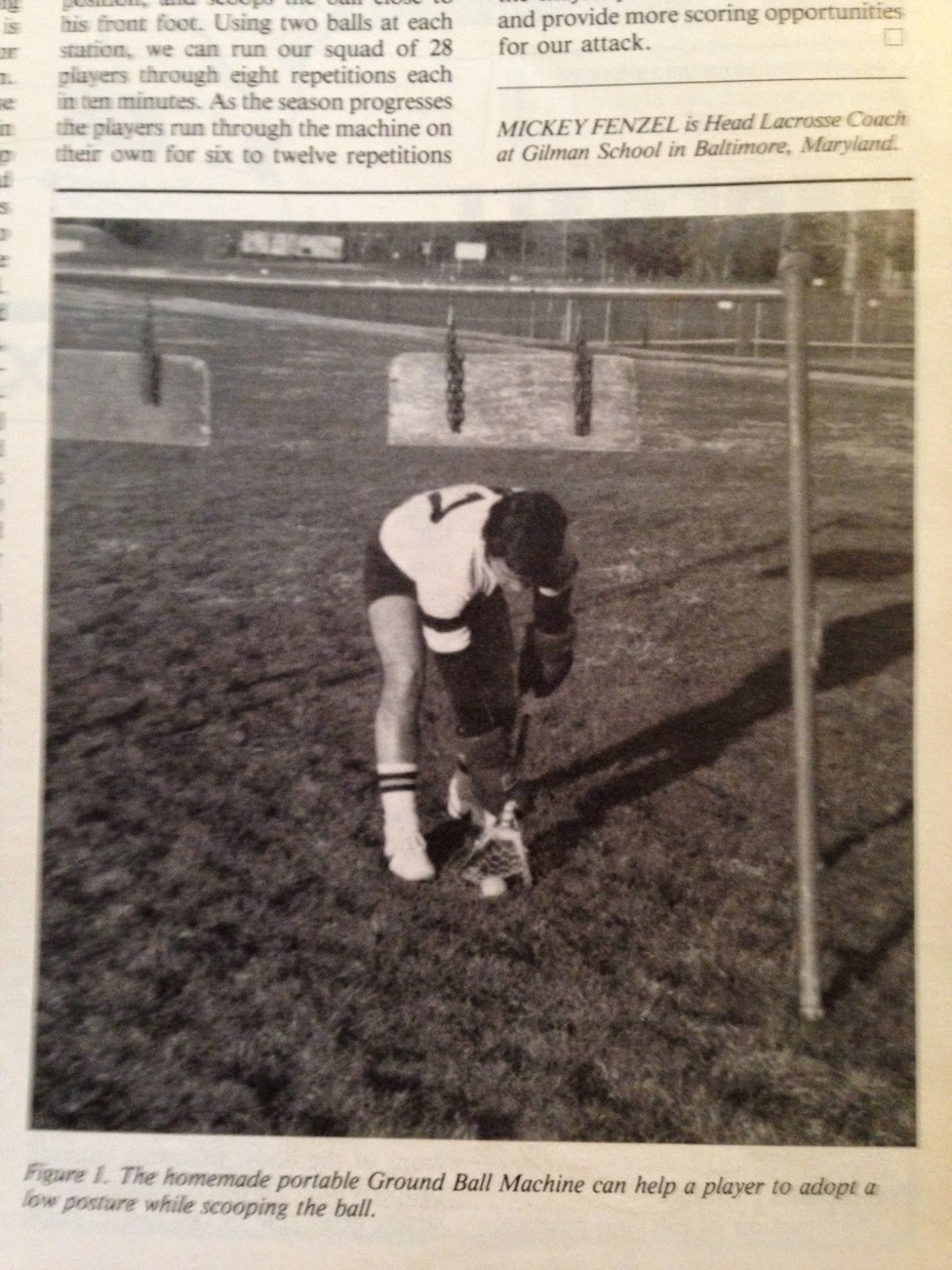I'll start with an edited excerpt from my still-being-written, yet untitled, in-search-of-a-publisher/agent, novel about a season of high school lacrosse in a fictionalized Ithaca, NY:
They hate that hill in March.
They hate that hill in April.
In May, we stay away from it.
Their quads burn, and the frozen air they struggle to gulp down make their teeth itch. They lose track of how many reps they’ve done, but the coach knows. All they hear is: “line up” and they keep yearning for “last one.”
Some think: If others quit, I might too.
Some riders-of-the-pine slow their ascents to a trudge. But the captains, the seniors, some juniors, and that sophomore in search of a starter’s job are still charging hard.
They start down by the river, and on the whistle climb the road running parallel to the gorge. It’s steep, not much for switchbacks, and there’s a section where, no matter how hard you pump those legs, forward progress seems stalled. They stop on a relatively level stretch, where Coach Motts has spray-painted an orange line across the road. “Keep your arms above your heads, boys,” he urges as their urge is to double over, hands on knees, or even lie down on the loose pebbles and asphalt.
They are even with the top of the neighboring waterfall, but they don’t see it through the thick trees and don’t hear over their own labored breaths.
They hate that hill in March. And April. In May, we stay away. But come June, if we are still playing, if State tournament hopes are still there, we climb it again.
Just one rep, at a jog. Coaches and captains at the front. We climb past the orange line (Coach Motts repainted it yesterday, and scoffed it up to make it look old, like it had been waiting for them since April). We climb higher, and after a few turns, and an off-road scramble, we walk out on the sidewalk of the bridge that sits high above the creek and the waterfall in the glacier-carved gorge. They look down over their town. They point out the school, the parking lot they’d crossed to reach the base of the hill. They get a partially obstructed view of the field. Some see their homes.
Then it hits them. That hill they hated, they now own, together. And that particular hill is not in Syracuse, not in Rochester, not on Long Island. Only here in this town.
The Painting:
 |
| Lone Runner on Exorcist Stairs, Acrylic on board, 2014 |
You get to the top of the Exorcist Stairs, winded, quads slightly twitching, and just off to your left is the warm hearth of The Tombs (where surely some friends, or at least acquaintances, are laughing and chatting and tipping a mug) and a couple doors down a Chicken Madness is sizzling on the grill top at Wisemiller’s. Or you can turn right down Prospect Street and loop around for another charge up those steps (or maybe you are an up-the-steps, back-down-the-steps runner).
On your first loop, perhaps you turn down the cobblestones of 35th Street, but that’s an easy way to roll an ankle. You’re better off making the loop a little longer and safer with 34th Street. After all, the stairs are the test, the downhill just recovery.
If you’ve walked around Georgetown guided by a student, alumnus, or DC denizen, the Exorcist Stairs have likely been pointed out to you. Maybe you stood at the top and took a picture. Maybe you hiked up them.
If you’ve donned the blue and gray, I’ll bet you’ve been made to run them; and, in the offseason, you’ve likely also chosen to run them on your own. You’ve conquered them some days. Maybe other days, they beat you; left you bent over, retching, unable to complete the number of reps you’d set out to do.
There are hills of grass or pavement, staircases covered or uncovered, trails wooded or sandy, stadiums with rows of steps, all over.
What are your Exorcist Stairs?
Let me know what that place was/is for your team. Comment here, on Twitter (@jimfenzel) or Facebook (/JimFenzel)









